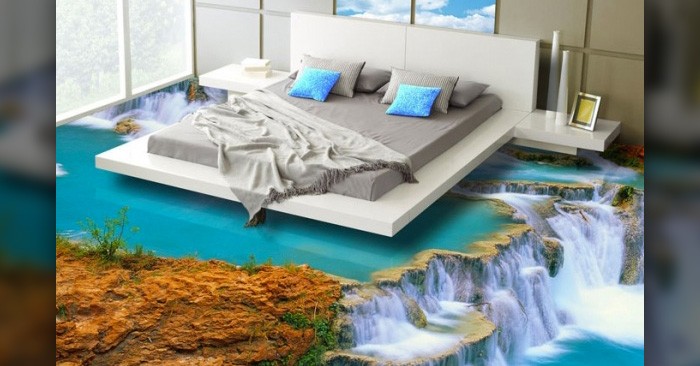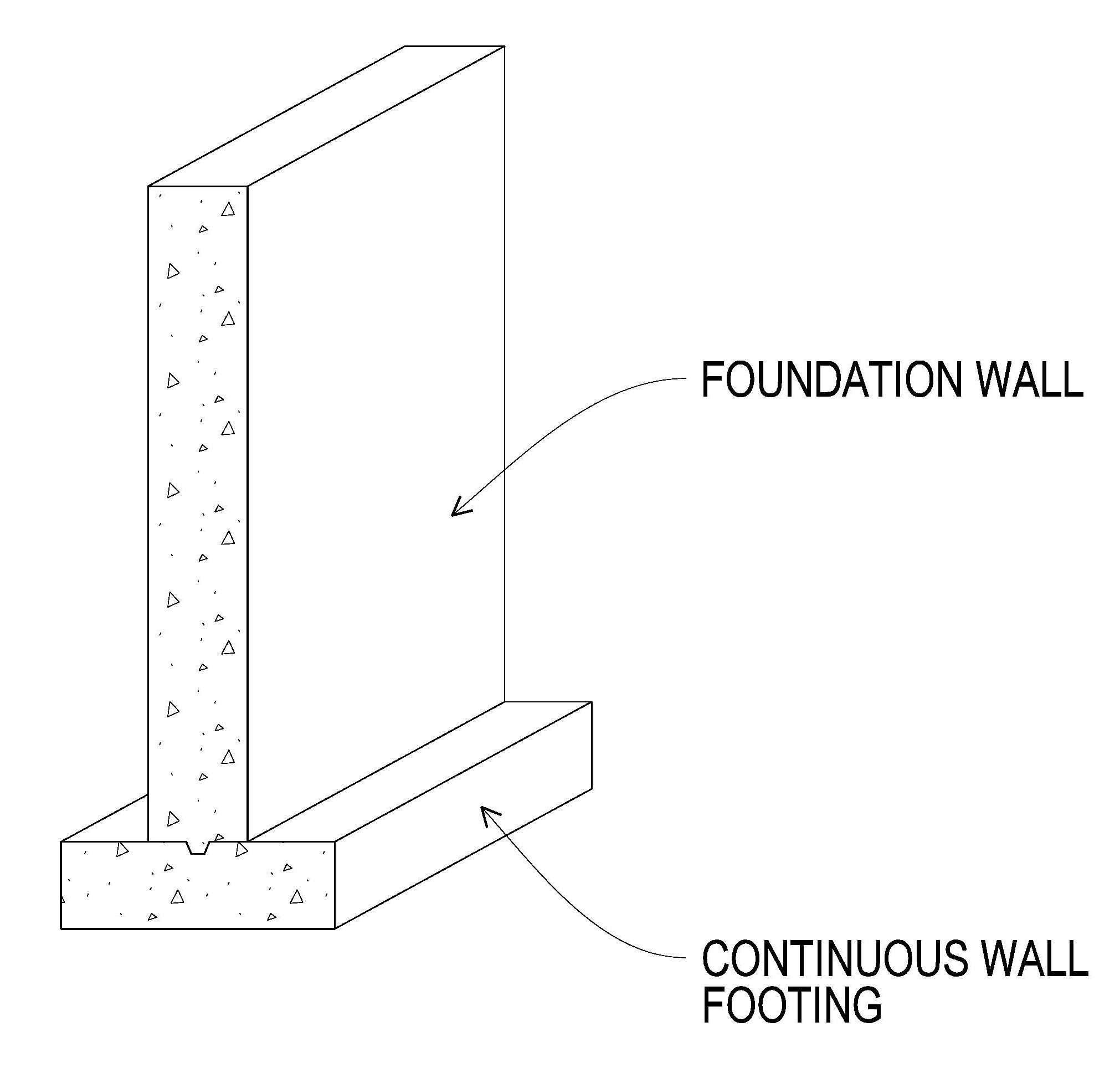1. Enamel paint:
It is an oil-based paint, having resinous matter, mostly composed of alkyd. After painting, they give a glossy finish, with a hard surface.
2. Oil paint:
Different oils like tung oil, nut oil, linseed oil, etc were used as base material, with suspended pigment particles. This paint is mostly used on metal surfaces like grills, gates, railings, etc., and also on wooden materials.
3. Distemper paint:
These paints are oil-based, and they are available in paste as well as in powder form. Chalk, lime, and colored pigments act as the main raw material in the manufacturing process.
They are cheaper in comparison to other wall paints and less durable.
4. Emulsion paint:
They are made up of a variety of chemical ingredients like binders, pigments, solvents, additives, etc. It is a suspension of globules of one liquid part with another liquid, where these two liquids do not mix with each other.
5. Whitewash:
This is the low-cost paint, where slaked lime(calcium hydroxide) and chalk are used with water to form a solution. This mixture is mostly applied for whitening walls of less importance, or on rough surfaces.
6. Luminous paint:
These are the paints that glow at night, for some extended period of time. It gives visible light through fluorescence.
7. Bituminous paint:
This black-colored paint is made by dissolving bitumen or coal tar in a mineral spirit. They are mostly used for waterproofing or applied as a protective coat on surfaces of different materials.
8. Cement paint:
The main ingredient used in this type of paint is cement, with some colored pigments and additives.
This is a water-based paint, mostly applied for the exterior surface, as it is a good antifungal and waterproofing paint.
9. Epoxy paint:
They are made up of acrylic resins and are used in coating the floors. It forms a glossy and hard surface upon application.
10. Anti-corrosive paint:
These types of paints are mostly used as a protective coating against oxidation and corrosion, over steel or iron products.
11. Fungicidal paint:
They are also known as anti-mold paints. As the name suggests, it is applied to prevent the growth of fungus or molds in the bathroom or in the kitchen.
12. Metallic paint:
Metallic flakes are used as additives, which gives the sparkling look on the surface. They are used to apply over metallic surfaces.
13. Textured paint:
It contains coarse grains, which create a rough uneven textured pattern on the wall upon application. They are used to beautify the wall with a natural look.
If you are self painter for the interior of your home or want to try it as a beginner, then you can start with Asian paints DIY self-painting kit.
In this article, I have tried to cover, almost all the types of paints that are used in buildings /civil engineering.
To go through the articles related to the different types (classifications) of construction materials, click here.
Thanks for reading😃, have a nice day.


















